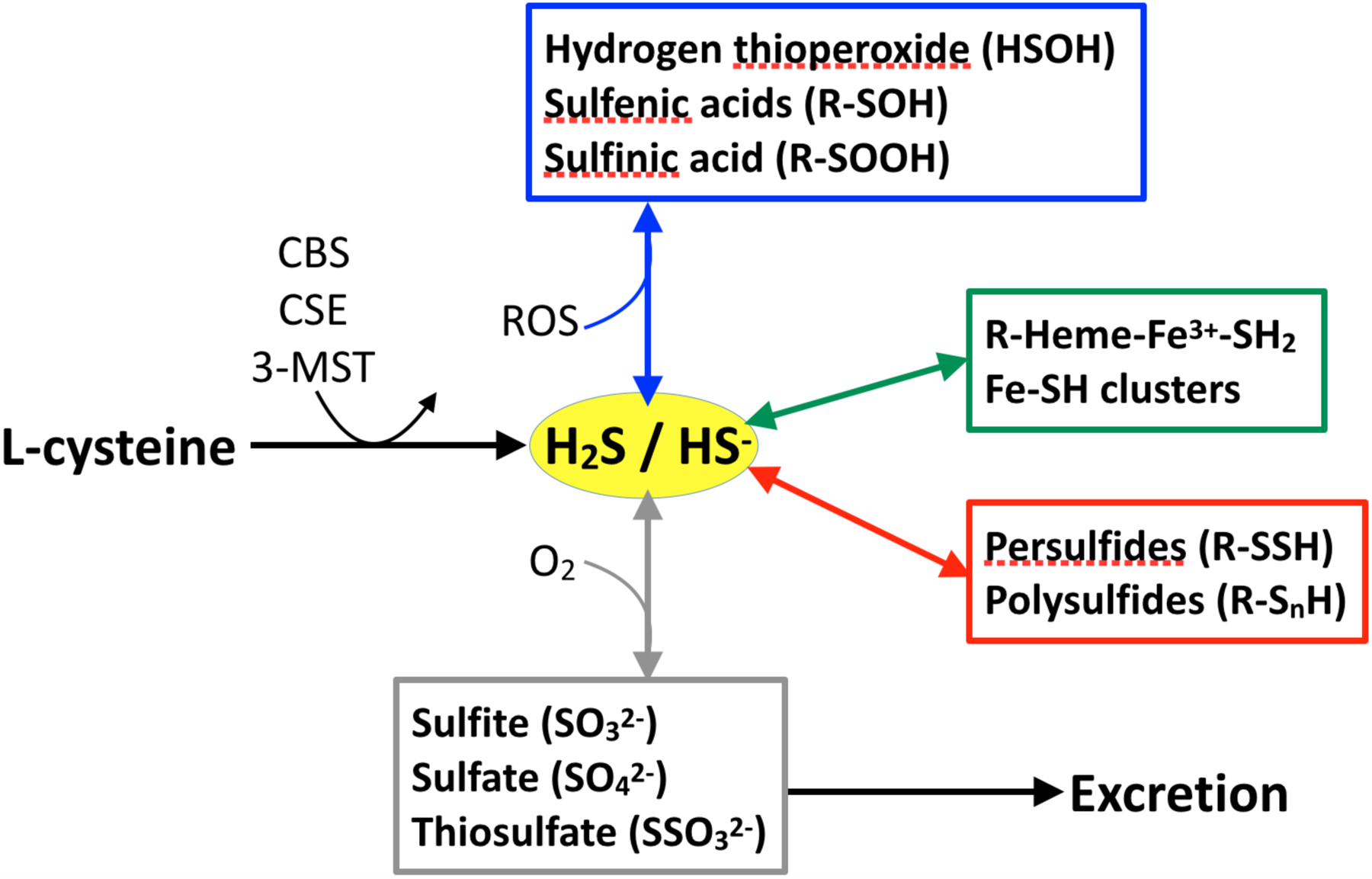Figure 3. Pathways of H2S synthesis, metabolism, and clearance.

H2S is produced from L-cysteine by cystathionine β-synthase (CBS), cystathionine γ-lyase (CSE), and 3-mercaptopyruvate sulfurtransferase (3-MST). Oxidation reactions with reactive oxygen species (ROS) are shown in the blue box. Reactions with heme- and nonheme-iron are shown in the green box. Reactions with thiol groups are shown in the red box. Oxidation reactions with O2 to produce sulfite, sulfate, and thiosulfate are shown in the grey box. The latter constitute the major pool eliminated in the urine. Note that the many of the metabolic pathways shown are not yet well characterized in biological matrices.
